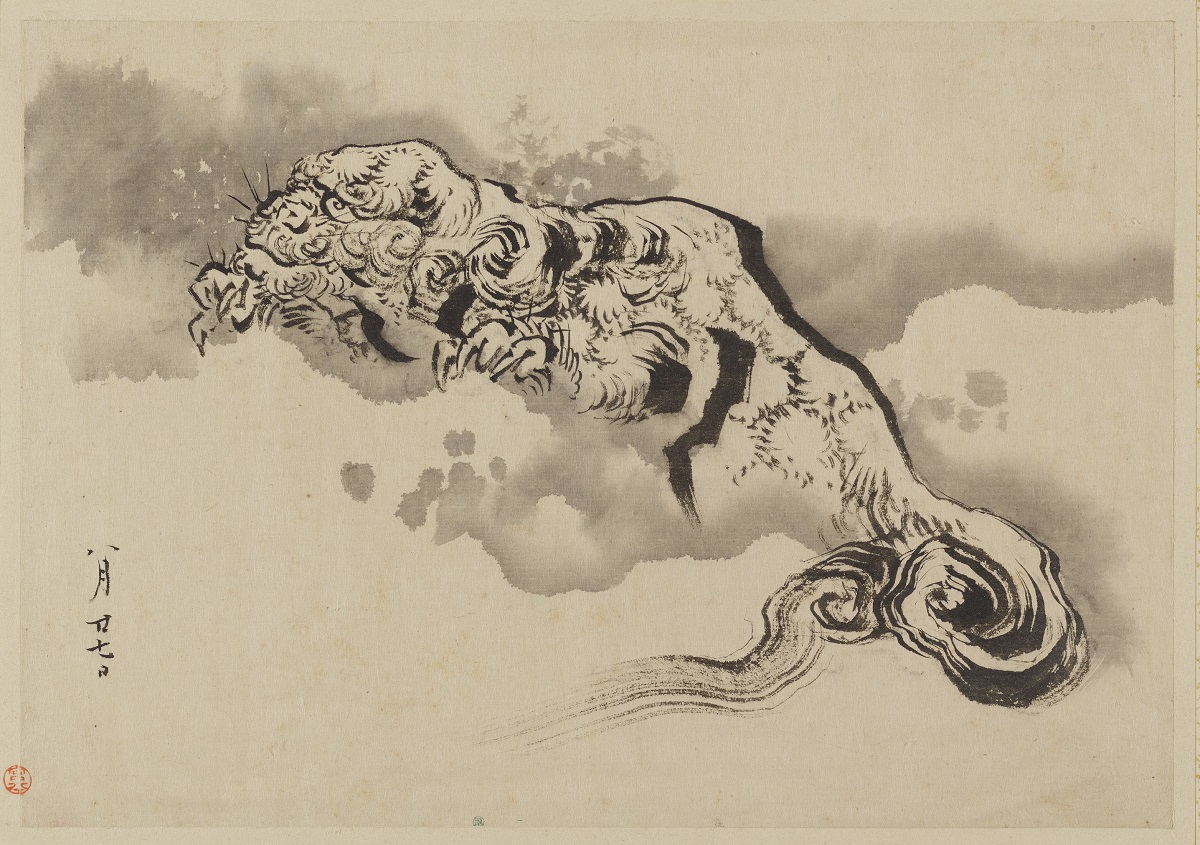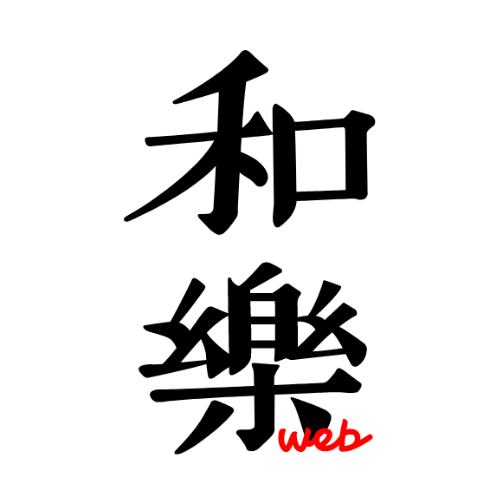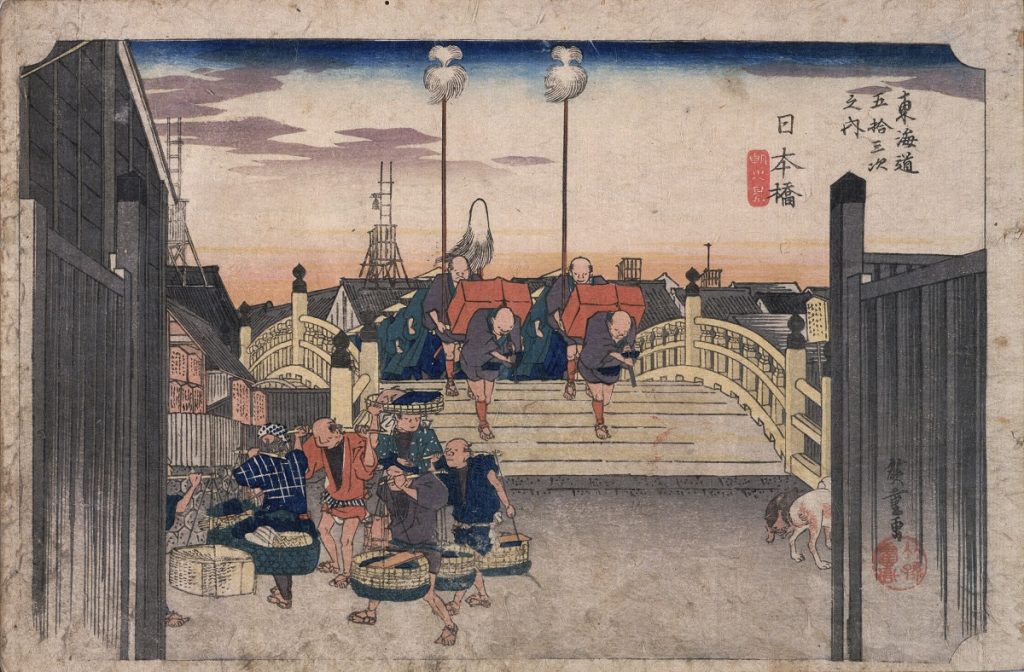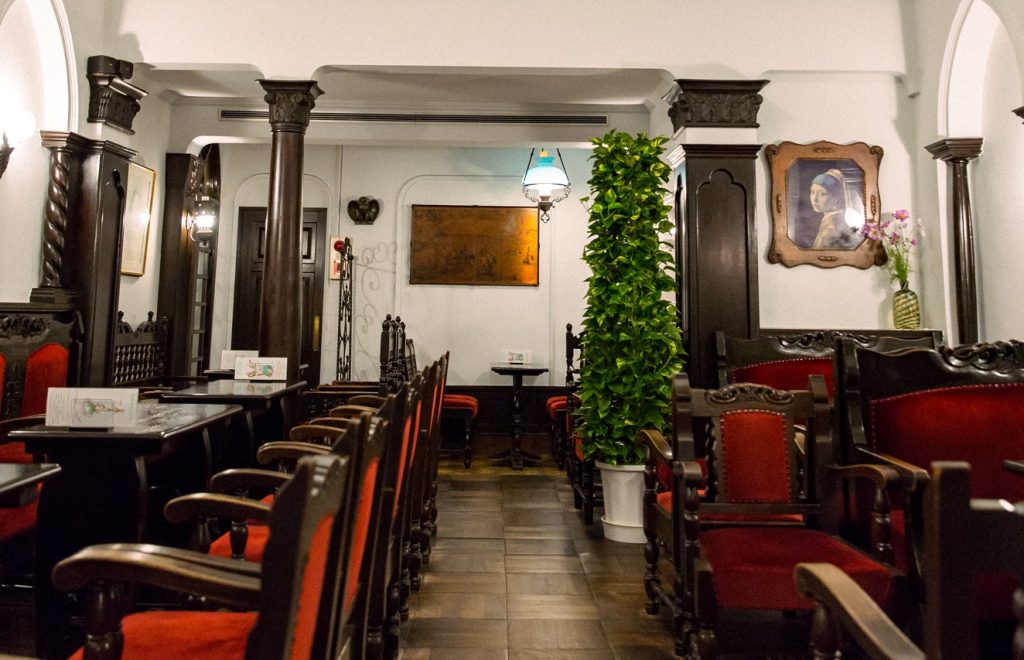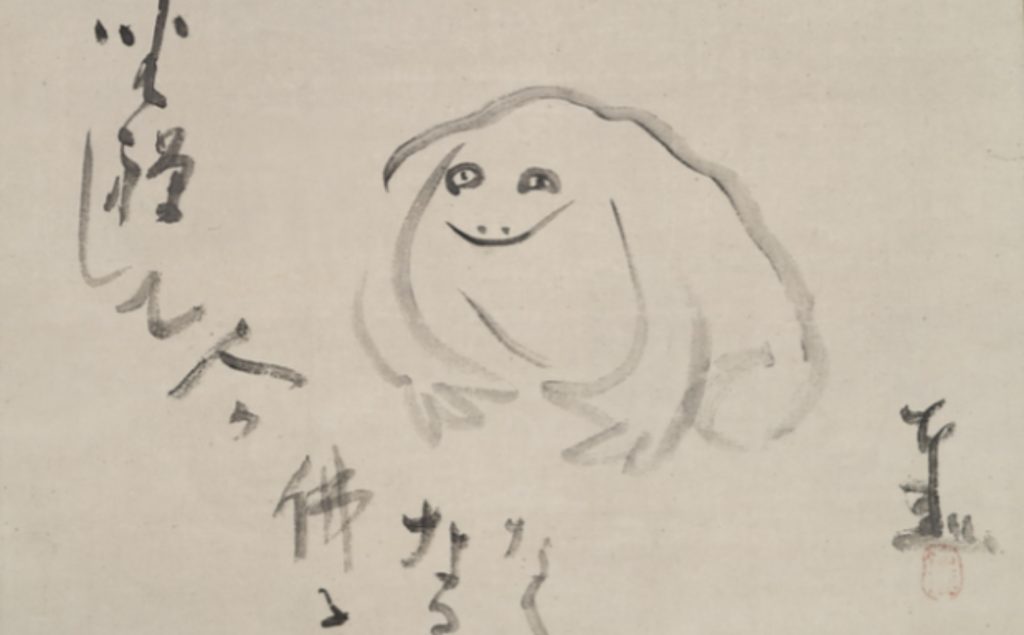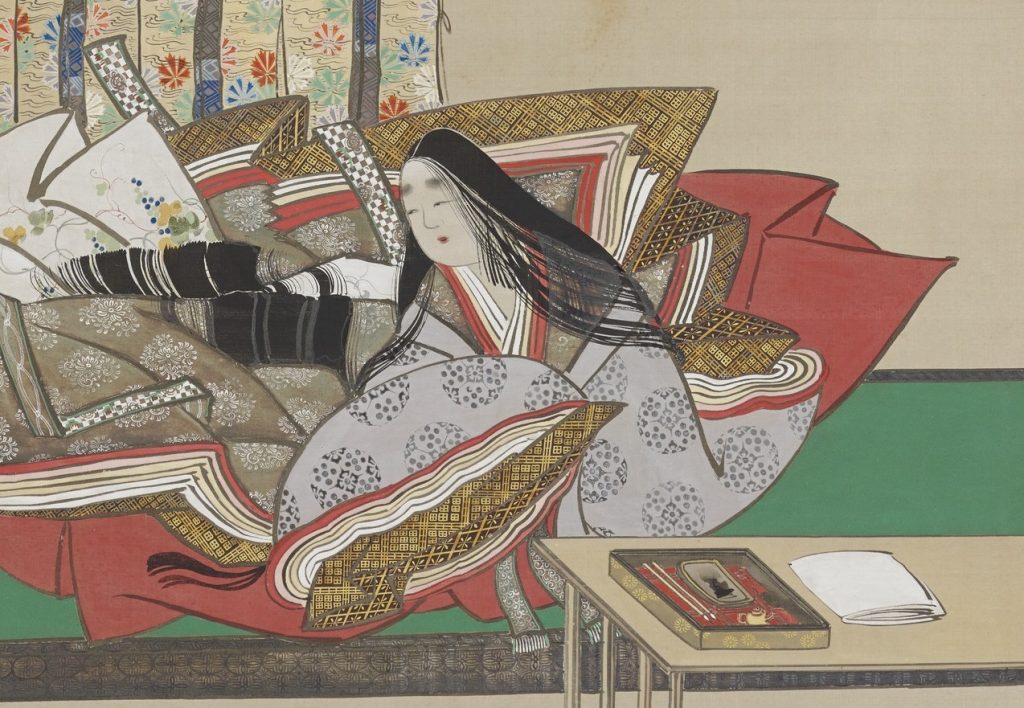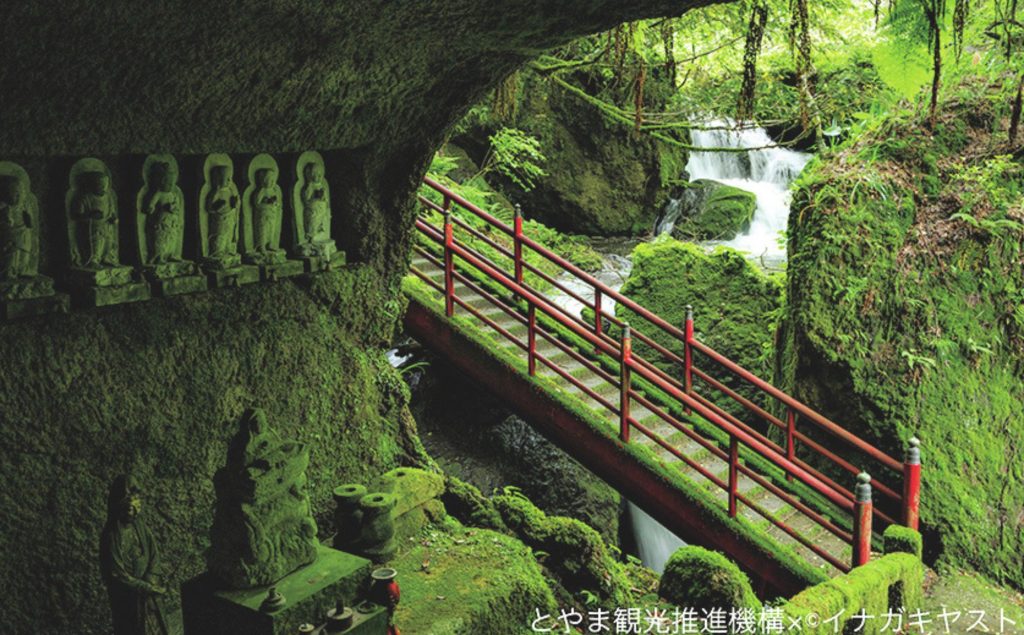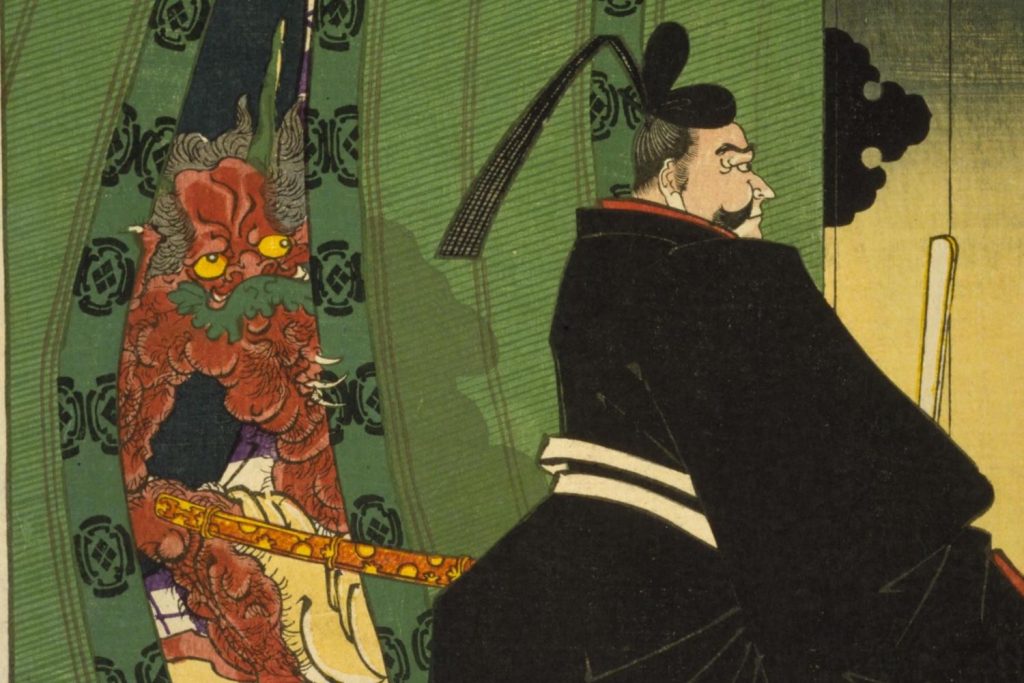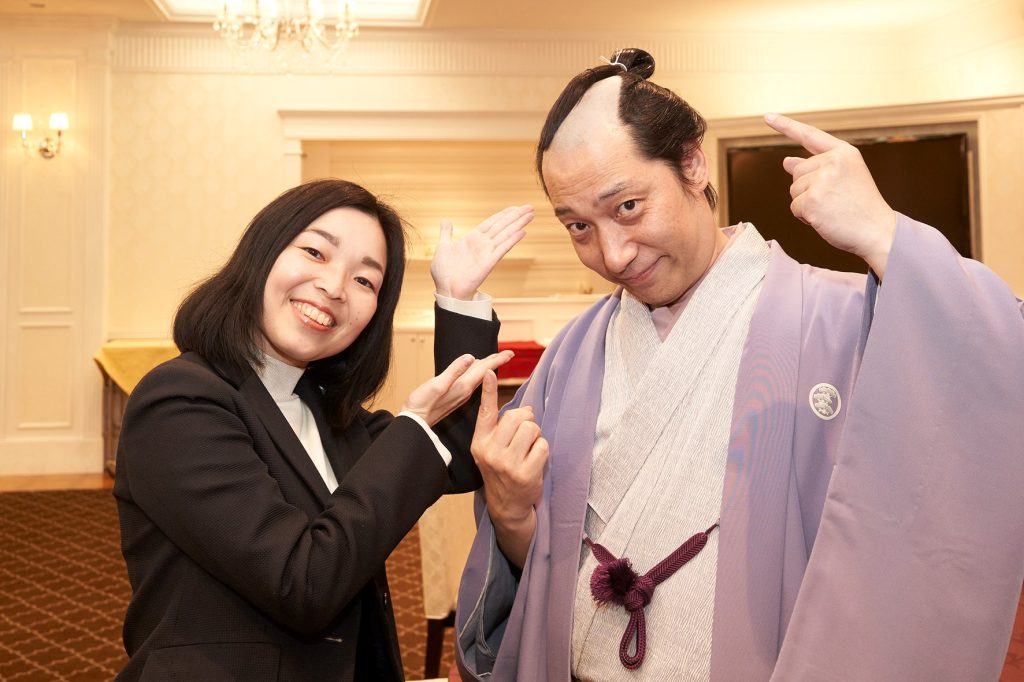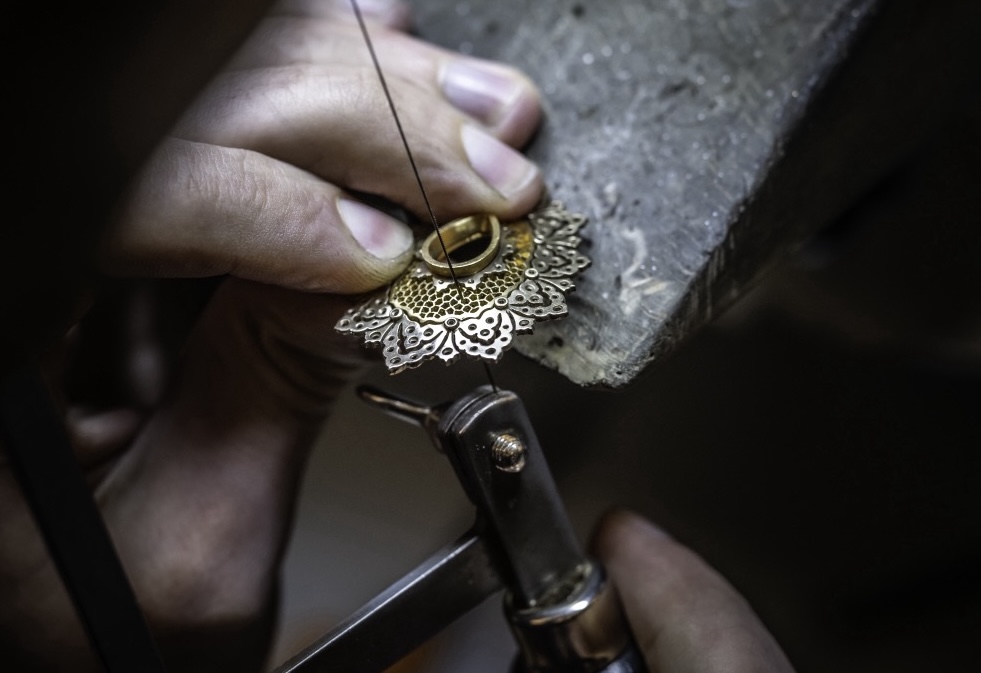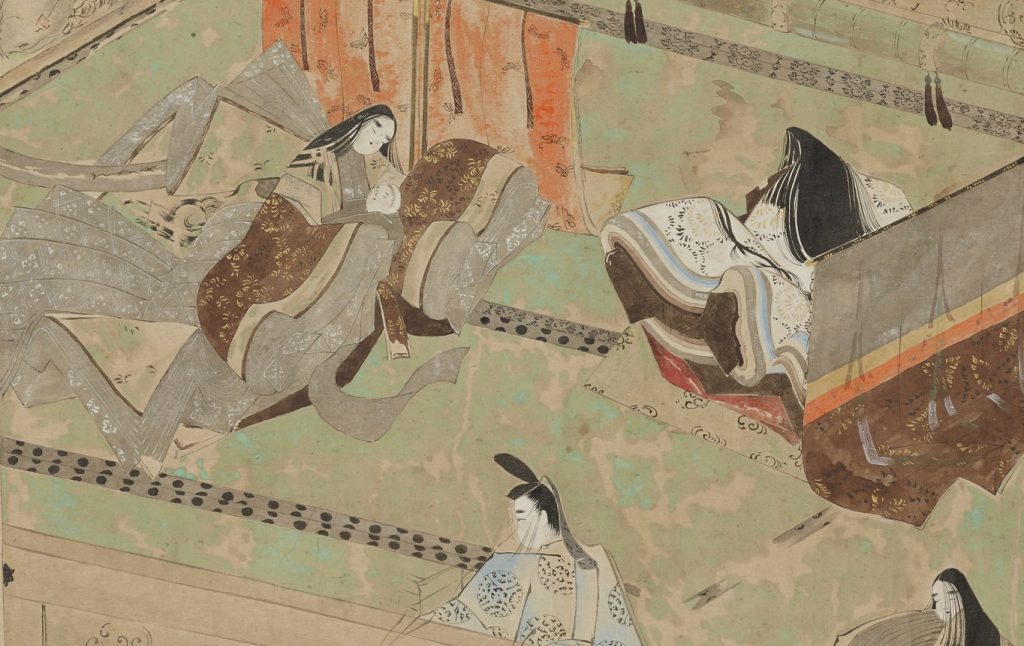Series: ‘An extensive introduction to Japanese art through 10 charismatic painters’. In this issue, we introduce Katsushika Hokusai (葛飾北斎) along with his representative works.
Aha! the True History of Japanese Art
The creator of modern world painting
Following the start of Art Nouveau by the Rimpa school, its developmental form, Japonisme, was greatly influenced by Hokusai’s Ukiyoe.
Manet was quick to respond to the fresh style of Ukiyoe and actively adopted its composition and painting techniques, and impressionist painters such as Monet, Degas, and Cézanne began to produce a series of paintings modeled on Hokusai’s ‘Fugaku Sanjurokkei (冨嶽三十六景)’ and others. Monet also collected many Hokusai’s works, and Gauguin and Sisley also found new directions in painting from Ukiyoe.
It was Hokusai who freed Western painting from its old values and opened the door to modern painting. Ukiyoe in the Edo period changed the world, and the advanced nature of Japanese art was truly astounding.

Hokusai is famous not only in Japan but also abroad. He was selected by the American magazine ‘Life’ as one of the ‘100 people in the world who have made the most important achievements of the past 1,000 years’. This piece is a masterpiece among masterpieces that built the image of Hokusai as a great wave artist. The bold and majestic depiction of the waves shows Hokusai’s imagination, and some say that it expresses his awe of nature.
Aha! the True History of Japanese Art
Ukiyoe is a trinity of media
Ukiyoe is a unique type of painting in Japanese art. The main reason for this is the use of the printmaking method. In the production process, under the direction of the publisher, the artist draws the underpainting, the engraver carves the underpainting onto the woodblocks, and the surishi (摺師) prints the woodblocks in multiple colours to create the ukiyoe print known as nishikie (錦絵).
The ukiyoe artist is essentially a person who only draws the underpainting, while the engraver carves the delicate expression and the printer finishes the work in vivid colours, working in unison with the publisher. Therefore, the colours and lines may differ between the first and second printings, and this difference is also considered an interesting and attractive aspect of Ukiyoe.
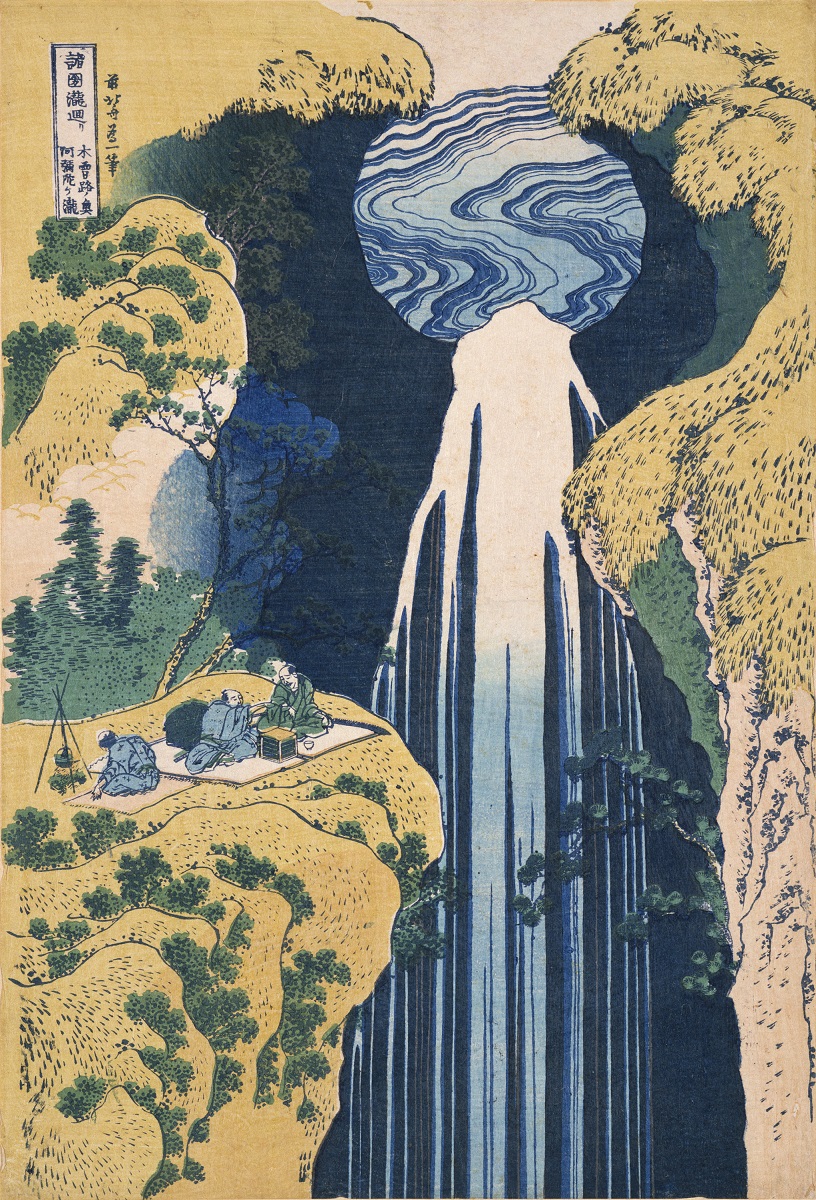
Comprised of eight paintings depicting famous waterfalls in various locations, ‘Shokoku-taki-meguri (諸国瀧廻り)’ is a new series of landscape paintings by Hokusai, who had attracted attention with “Fugaku Sanjurokkei (冨嶽三十六景)’. The works, in which natural scenes are trimmed and designed, are full of new sensations even when viewed today.
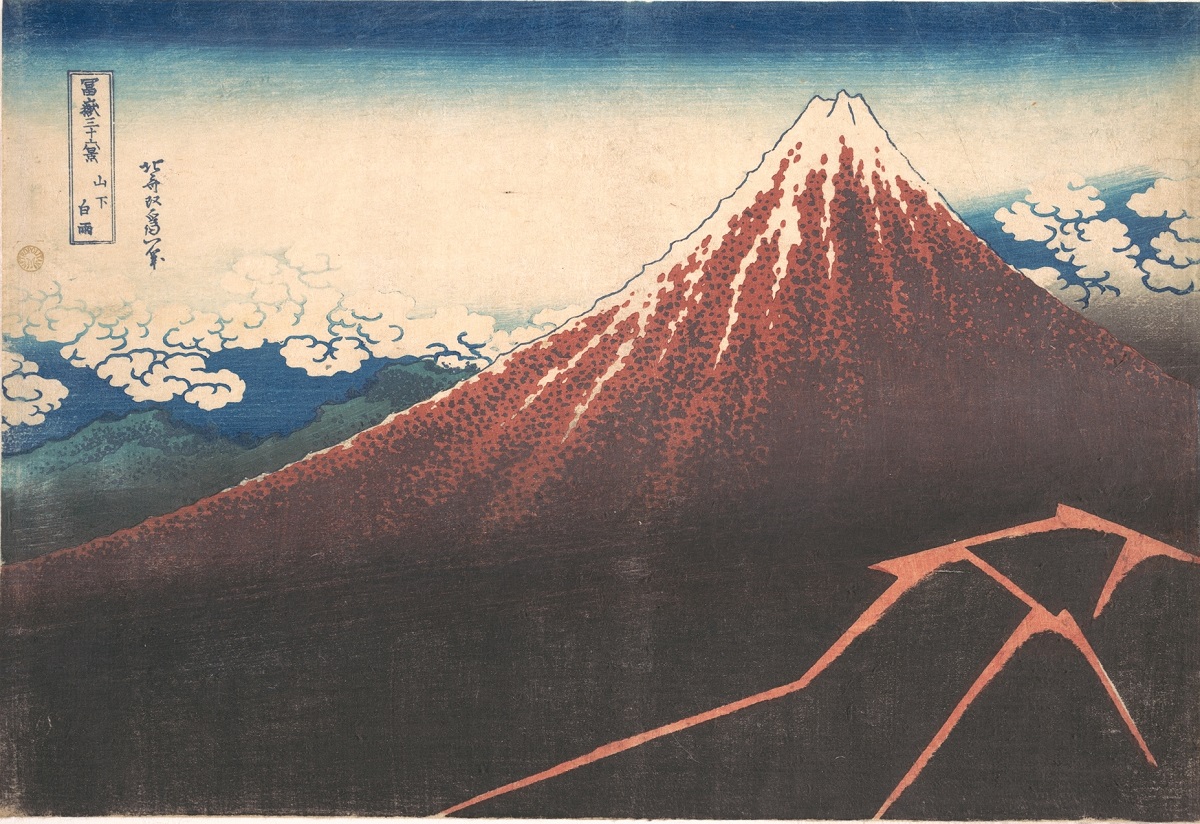
Aha! the True History of Japanese Art
His handpainted works are just as astounding
Ukiyoe prints are the product of a three-part process and cannot be said to be the work of a single artist. For this reason, many Ukiyoe artists were not satisfied with the production of preparatory sketches, and actively worked on their own hand-painted prints. Among them, Hokusai was the one who pursued the art of painting with his own hands.
Hokusai, who loved and enjoyed painting, was always looking for new subjects for his paintings, and from early on, he painted his own hand paintings on silk. Although he became a popular painter with his ‘Fugaku Sanjurokkei (冨嶽三十六景)’ series, he never stuck to landscape prints, and from his mid-70s onward, he concentrated on his own paintings. He left behind a number of masterpieces that show the vigor of his brushstrokes that belies his age, while maintaining his bold compositions until his final years. Looking at his works, we are sure to rediscover that the true essence of Hokusai’s art lies in his paintings.

Right: ‘In Front of a Shop (店先)’, Katsushika Hokusai, coloring on silk, 1780, H125.0 cm, W49.8 cm ©The Metropolitan Museum of Art, Charles Stewart Smith Collection, Gift of Mrs. Charles Stewart Smith, Charles Stewart Smith Jr., and Howard Caswell Smith, in memory of Charles Stewart Smith, 1914
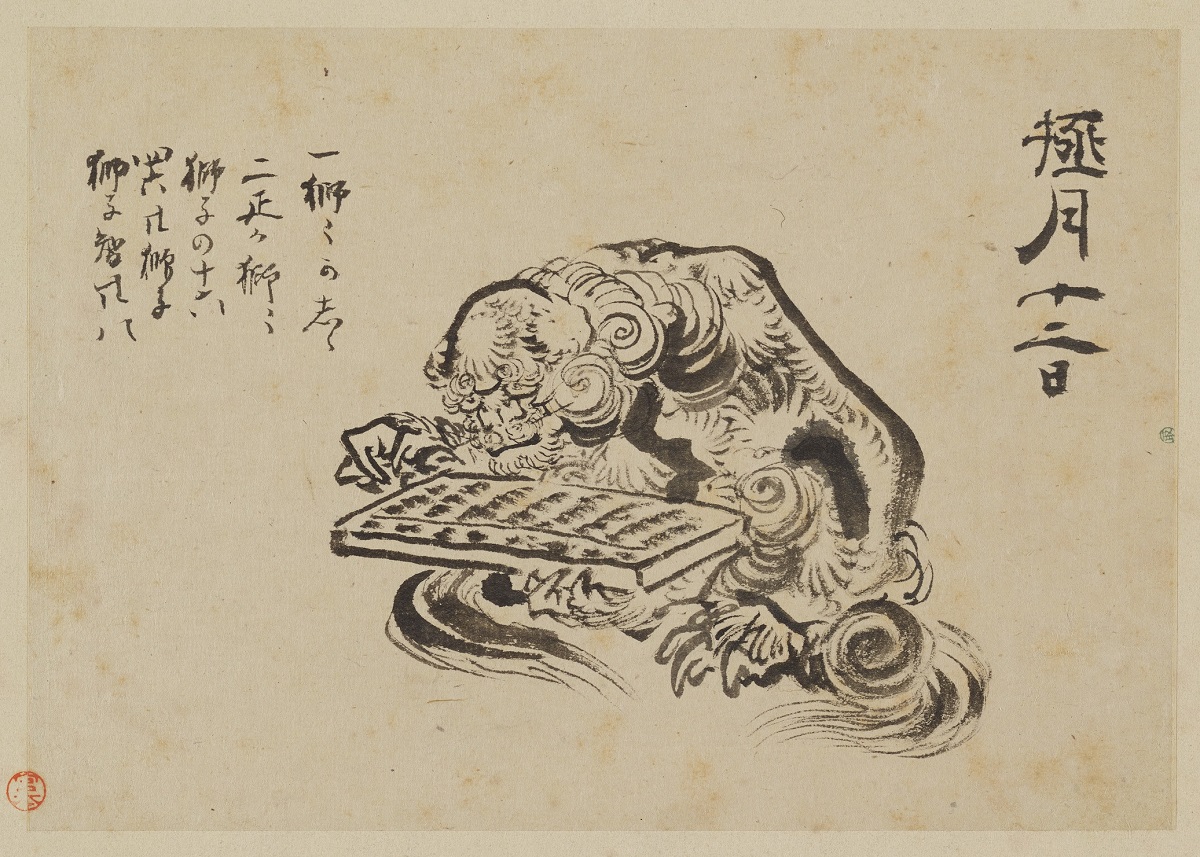
From 1842, when Hokusai turned 83, to the following year, he painted lions and figures associated with lions almost every morning as a daily routine, hoping to ‘remove evil spirits every day’. The work is also highly valuable as a very private document, painted by the artist himself to ward off evil spirits.
Profile of charismatic painter Katsushika Hokusai
Katsushika Hokusai
Horeki 10 (1760) – Kaei 2 (1849). He was born in Honjo Warigesui (本所割下水 : present-day Kamezawa, Sumida-ku, Tokyo) and became a pupil of Katsukawa Shunsho (勝川春章) when he was 19 years old. He became the most famous Japanese artist abroad with ‘Fugaku Sanjurokkei (冨嶽三十六景)’ and ‘Hokusai Manga (北斎漫画)’, an illustrated book. During his lifetime, he moved 90 times and changed his name 30 times.
Eye-catching image
Katsushika Hokusai, ‘Nisshin Jyomazu (日新除魔図)’, important cultural property, Kyushu National Museum.
Source: ColBase (https://colbase.nich.go.jp)
This article is translated from https://intojapanwaraku.com/art/218906/






